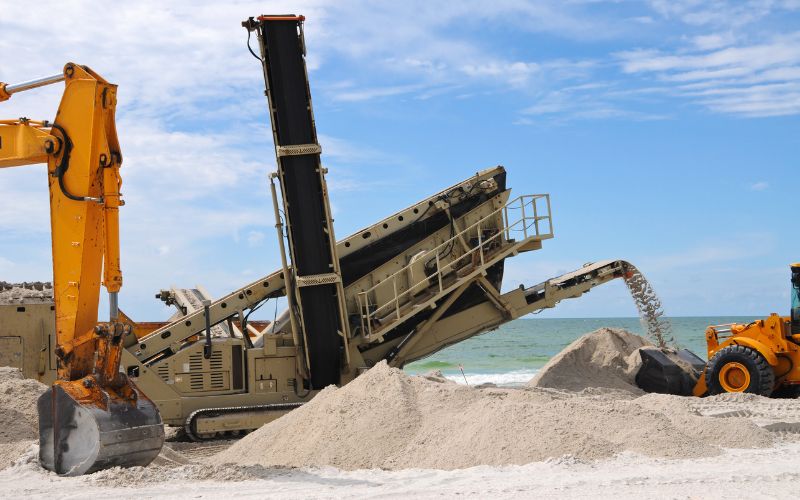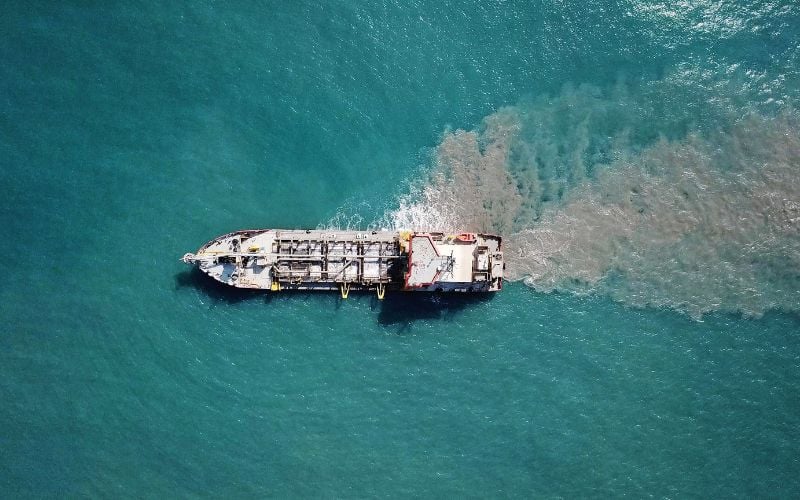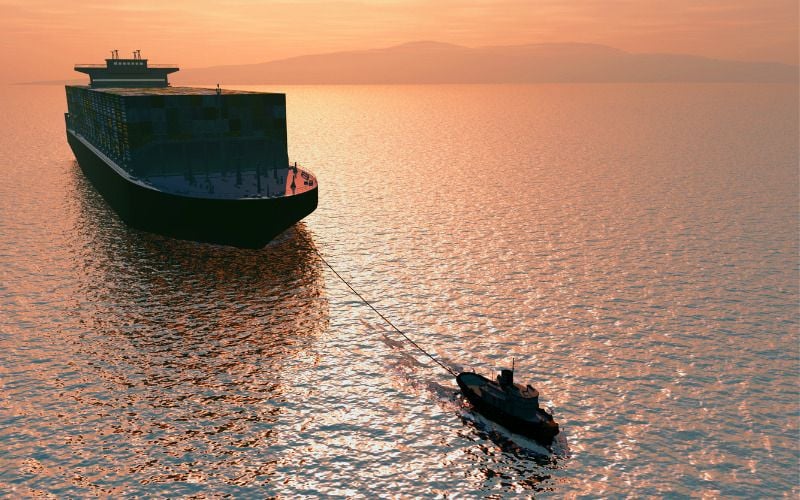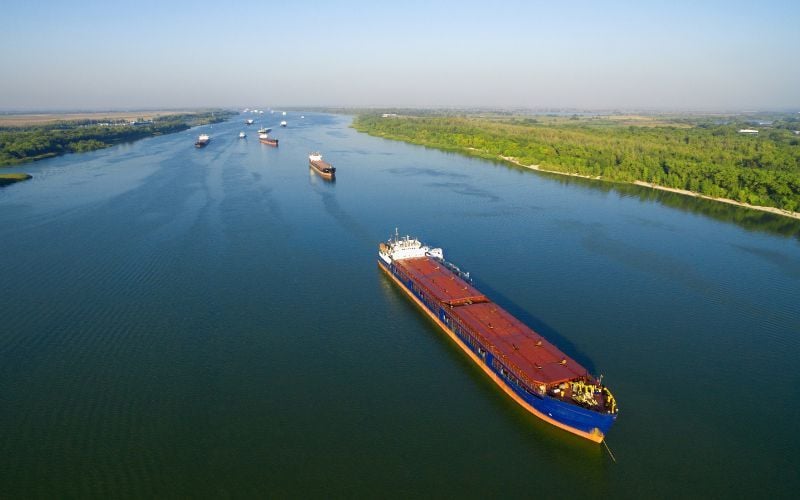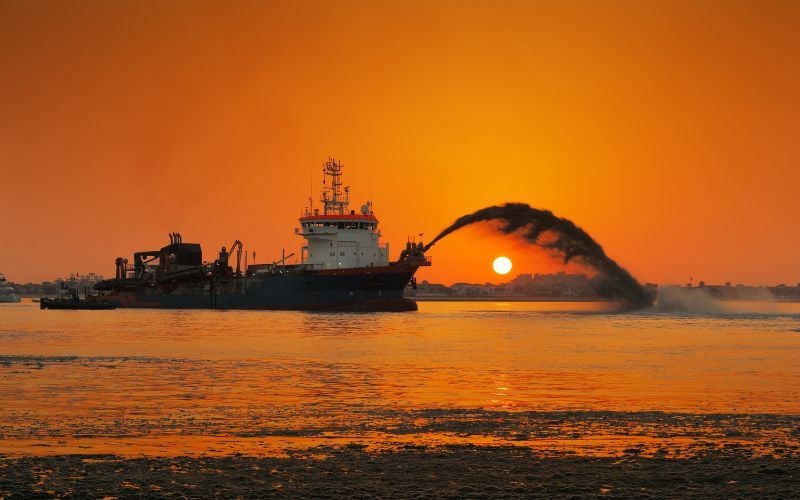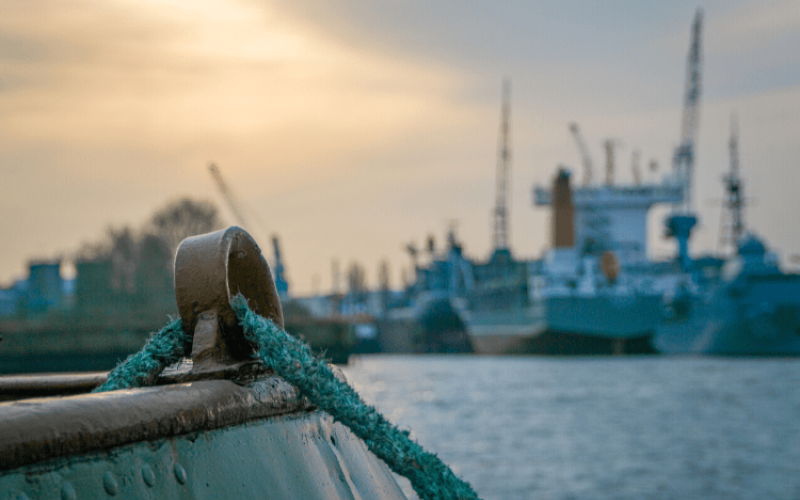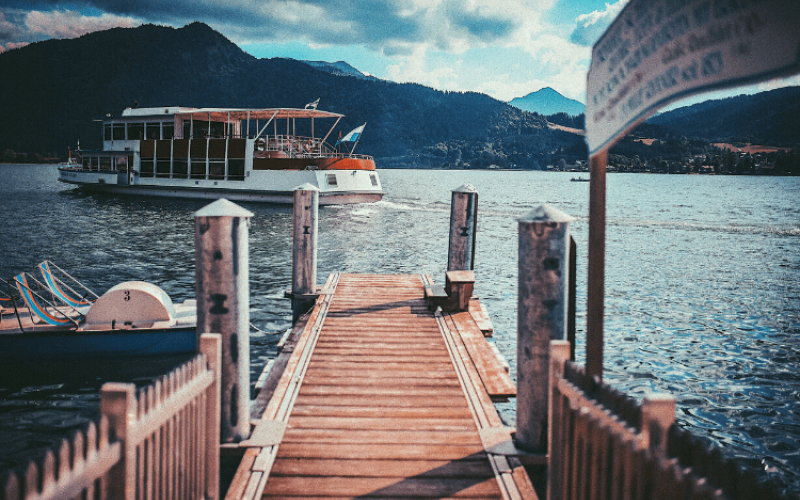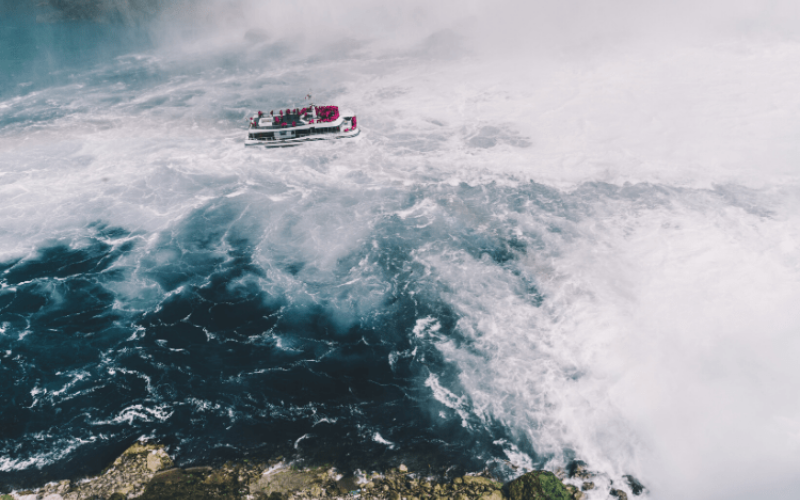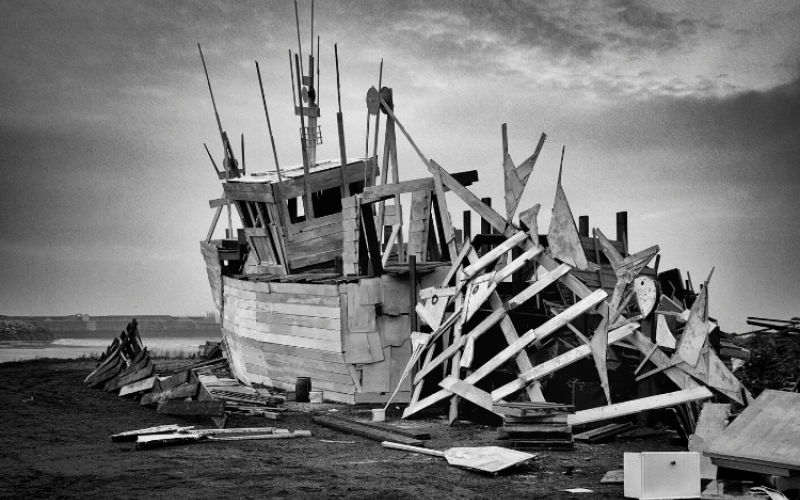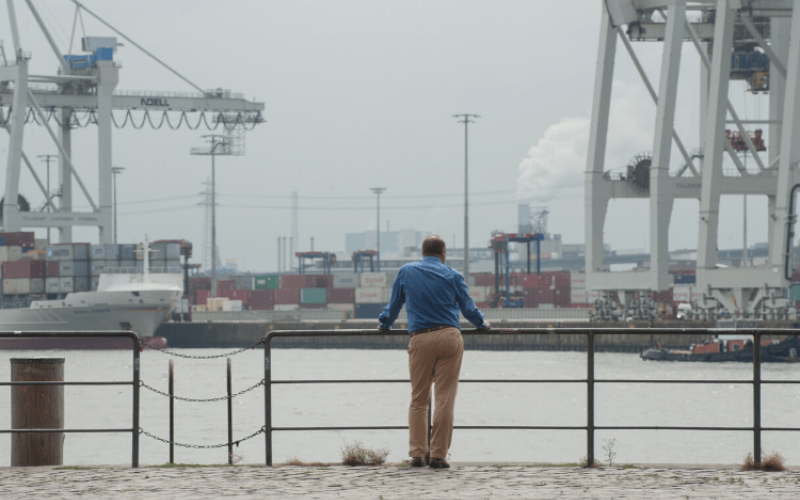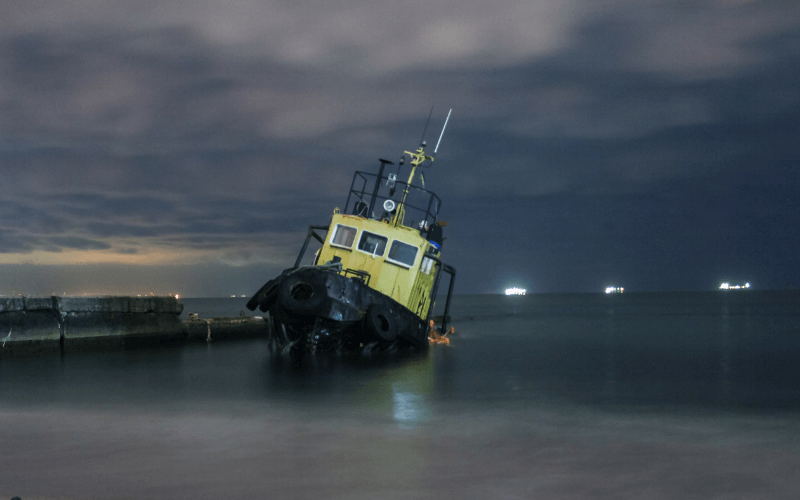How Do Dredging Accidents Occur?
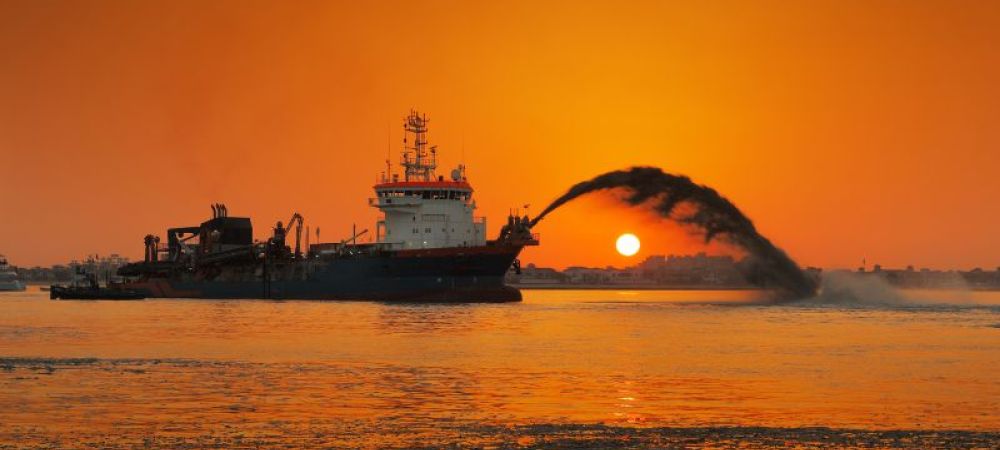
Since the beginning of civilization, cities have relied on rivers and waterways to travel and transport goods. Natural processes like silting, which is the gradual build-up of sediment and other debris, can block essential channels. Before dredging, there was no way to combat this natural process of aquatic ecosystems. Today, dredging is vital to economic stability of cities worldwide.
Dredging is also extremely dangerous, and maritime workers get injured daily. These injuries can take months or years to heal, and some result in lifelong disabilities or even death. Today we have unique protections for maritime workers to ensure that such injuries are compensated, and maritime workers can file for benefits when they get hurt on the job.
If you sustain injuries as a dredge worker, the dredge accident lawyers at Montagna Maritime Law have years of experience dealing with these kinds of cases and fighting for injured maritime workers. Get in touch with us right away at 877-622-8100 for representation and legal advice.
What is Dredging?
Dredging is a process to remove sediment, silt, and debris from bodies of water, particularly along the bottoms of rivers, seabeds, and shorelines where waterways are important to travel, shipping channels, or other economic uses. Just about any body of water may be subject to dredging operations at some point.
What is the Purpose of Dredging?
The dredging process is a necessary and routine operation that keeps sedimentation at bay so channels and harbors will not fill with sand and solids. Deep water is vital for ships so they do not touch the bottom and become mired. Dredging operations often focus on sediment removal to increase or maintain the depth of berthing areas or navigation channels so boats can pass safely.
Dredging projects also help to maintain water quality in places like estuaries and wetlands to protect river and sea life from toxins. There are many types of dredging works. A few of the most common follow.
Construction Dredging
Construction workers perform construction dredging for projects requiring the creation of tunnels and pipelines. Dredging equipment is used for these operations, which allows the creation or removal of land, the digging of channels, and the design of harbors and marinas. It is one of the most common types of dredging.
Environmental Dredging
Environmental dredging companies work towards preserving ecosystems and reducing human environmental impact. These dredging sites are for cleaning contamination, removing heavy metals, restoring areas to non-contamination levels, and removing contaminated sediment in the dredged material to disposal sites where it can be safely cleared and kept away from the environment.
Mining Dredging
Dredging is important in mining operations where the dredged material can include not just sand and gravel but precious metals, minerals, coal, gems, and other materials for everyday use. Mining dredges must deal with hard surfaces and difficult labor, requiring heavy-duty machinery like backhoe dredgers, which are constantly under great stress.
Navigation Dredging
Navigational dredging is necessary for maintaining harbors, ports, navigational channels, and shipping channels. Removal of bottom sediments in these areas ensures that container ships, barges, oil tankers, naval vessels, and larger ships can pass by. Workers must perform this form of dredging regularly for continuous sediment removal.
Recreational Dredging
Recreational dredging is often used to maintain freshwater lakes, bays, and other bodies of water primarily for entertainment. As opposed to sand and silt, these bodies of water are often overgrown with vegetation and debris deposits. If not dredged regularly, they can become too shallow for boats and swimming and even become polluted with bacteria from rotting organic material. Such dredging operations require smaller dredges that can access tight areas.
Restoration Dredging
Dredging to restore beaches, streams, creeks, lakes, coastlines, and wetlands for land reclamation allows for additional development along coastal areas. Dredges are often used in these areas to move bottom sediment from waterways by pumping it ashore. This enables the creation of new land and the restoration of eroded shorelines.
Often, dredging companies use heavy dredgers to reclaim beaches after difficult storm seasons. Land development companies use the same procedure to create new housing and commercial building projects.
If you suffer a severe injury while working a dredging job, the maritime injury lawyers at Montagna Maritime Law are ready to help. Call 877-622-8100 or use our contact form to schedule a consultation with a member of our legal team today.
Different Types of Dredging Methods
Regardless of the purpose of the dredging, all dredging operations involve digging soil from a waterbed and removing that soil using some sort of suction. While modern dredging uses advanced technologies to aid the process, the basic procedures have remained the same since the late 19th century. Two main types of dredges exist for various operations in the modern era: mechanical and hydraulic dredging.
Mechanical Dredges
Mechanical dredges use buckets and grabs, often placed on a large barge, where they wait for the sediment to settle, then dig down to remove it. In some cases, however, and depending on the specifics of the operation, mechanical dredges can be placed directly on shore, often anchored by long stakes called spuds.
Common types of mechanical dredgers include:
- Bucket dredgers: also called dipper dredges, use hinged buckets to dig up sediment.
- Grab dredgers: these are stationary dredgers that use grabs and are also known as clamshell dredges.
- Backhoe dredgers: also called fixed arm dredgers, are often mounted on barges, make use of a half-open shell, and are often used near harbors and in shallow water.
Mechanical dredges are notable for their ability to work in tight spaces, usually near the shoreline for land reclamation projects.
Dredged sediment is moved from the water to nearby land or placed onto another barge, transporting the sediment to a disposal site. If the dredging is near enough to the shore, removed materials can be placed directly onto trucks or railway wagons for transportation over land.
Mechanical dredging can be continuous but can only remove sediment one scoop at a time. However, it can remove compacted sediment and hard surfaces with far less water loss than hydraulic dredging.
Hydraulic Dredges
Hydraulic dredges use pumps that move bottom sediment into a pipe with plain suction. A few common types of hydraulic dredges include:
- Trailing suction hopper dredgers: hopper dredges are self-propelled ships that carry the dredger and transport excavated material.
- Cutter suction dredgers: A cutter suction dredge uses a cutting tool called a cutter head that grinds up sediment solids.
- Auger suction dredges: These are similar to cutter suction dredgers but use an Archimedean screw to drill at right angles to the suction pipe.
Hydraulic dredging mixes sediment and solids with water to turn it into a sort of sludge or slurry. This slurry is then transferred via a pump to the nearest shore. Sometimes the process sees the sediment moved through several larger ships to maintain seamless and constant production. Hydraulic dredging is less expensive than mechanical, uses less equipment and transport, and saves on emissions and energy.
Another form of hydraulic dredging is hydrodynamic dredging, which uses water injection technology. This form of dredging uses water jets to loosen and fluidize bottom sediments, which create runoff that flows to deeper areas using the waterway’s natural current. This is a cost-effective and eco-friendly dredging operation that maintains existing ecosystems.
Why Dredge Workers Are at Risk of Injury or Death
The diversity of dredging types allows for a wide range of dredging operations, which are used daily by everyone from the U.S. Army Corps of Engineers (USACE) to private maritime companies to city and state public works projects in coastal areas. Unfortunately, the heavy machinery involved with dredging operations presents dangers.
Crane dredgers are especially dangerous because they are huge and have an unwieldy design. Clamshell grabbers, likewise, can be extremely dangerous if the grabber experiences a malfunction. When this happens, the falling debris can crush anything below its bucket. Accidents in dredging operations can cause amputations, crushing injuries, and even death.
Because of the sheer size of dredger equipment, these accidents are often catastrophic. In fact, over one year, seven serious dredging accidents occurred between USACE and contractor operations. Three of these were fatal, while two resulted in serious injuries.
Among the most common fatalities from dredging are drowning and falls. Even those not directly involved with dredging operations, such as cooks, can be at risk simply from wandering through a dredging area. Vessels have even capsized during anchoring, causing catastrophic injury to entire crews.
What Causes Dredging Accidents?
Dredging accidents can result from a wide variety of incidents. If a crane operator gets distracted for even a moment, the machine can drop heavy objects and debris on workers below. Diggers or even suction dredgers can strike underwater gas lines and cause massive explosions, creating widespread destruction and injury. Workers can be crushed by heavy equipment or lose limbs or digits.
Even toxic material exposure can occur when sediment digs up heavy metals or other chemicals during dredging activities. This can result in immediate acute poisoning or long-term effects like cancer years later.
Even discounting accidents, working on a dredge is a physically demanding job. Dredge workers suffer long hours under adverse environmental conditions like cold, wind, and torrential rain. These weather factors cause dangers of their own and are yet another stress level that dredge workers must endure during a typical workday. Given all these factors, it is not surprising that dredge workers sustain injuries regularly. A few of the more common types of dredging accidents follow.
Heavy Machinery Accidents
Heavy machinery of any variety carries inherent risks. More challenges arise when this heavy machinery is operated at sea or along waterways. Cranes can malfunction, dropping payloads. Undersea dredging can see catastrophic equipment malfunctions. High-pressure water systems can backfire, causing crushing injuries and drowning. Even fishing equipment like nets can get tangled with equipment, causing malfunctions and resulting in injury or death.
Falling Overboard
Falling overboard is a risk on any maritime vessel and can result in drowning, broken bones, contusions, and a wide range of injuries. When someone falls from a great height, striking the water can be like hitting a hard object. When dredging systems are active, falling overboard becomes exponentially more dangerous. In some cases, workers have disappeared only to be found dead some distance downstream.
Poor Training
Training is vital when working with heavy equipment. Poor training or lack of proper communication on the worksite is responsible for far too many injuries. If an auger or crane operator does not understand their instructions or duties, they can cause a collision.
Alternatively, they can attempt to move unsecured payloads, which can crash down and cause severe damage. Most dredgers have strict safety protocols, communication procedures, and regular checks, but the most fundamental failures can be devastating.
Slips and Falls
Slip and fall injuries are among the most common maritime accidents, including in dredging operations. Barges have wet decks that get quite slick, especially when spillover from sludge enters the picture. Dredgers that are up high can suffer fatal falls quite easily.
Ten Common Dredging-Related Injuries
Dredging injuries from on-site accidents vary wildly. As with any other job site, these injuries can be life-threatening. For this reason, all dredging operations have strict safety protocols and train crews to deal with emergencies. Some of the most common dredging injuries include:
- Crushing injuries
- Limb injuries
- Burns
- Bruises
- Cuts
- Fractures
- Amputation
- Traumatic brain injuries (TBI)
- Hypothermia
- Toxic chemical exposure
When you or a loved one is injured on a maritime vessel, especially miles out at sea, it can be challenging to understand your rights or know what to do next. Understand that injured maritime workers have rights, and there are people ready to help you get compensation for your injuries.
Can Dredge Workers Receive Compensation for Their Injuries?
Maritime law distinguishes between accidents that occur due to malfeasance, negligence, or poor training. In determining the rights of accident victims, the type of maritime activity is usually not considered.
The primary law that guides the United States in maritime law is the Jones Act. The Jones Act is also known as the Merchant Marine Act of 1920. This federal law provides maritime workers the right to file a lawsuit when injured at work due to negligence by a crew member or employer. This includes lawsuits based on the seaworthiness of the vehicle.
Besides personal injury lawsuits, the Jones Act allows for a form of workers’ comp for maritime workers known as maintenance and cure. Maintenance and cure means that when you suffer a work-related injury in a maritime job, your employer must pay general living expenses, cover your lost wages, and pay all your medical bills.
The Jones Act requires no proof of fault to get maintenance and cure benefits. These benefits, in addition, are payable until you can return to duty or you hit a point of maximum medical improvement or MMI. Maintenance and cure is also in addition to any damages from a Jones Act injury lawsuit.
What gets complicated under the Jones Act is determining coverage. To be protected by the Jones Act, you must be assigned to work on a vessel or fleet, spend at least 30% of your time aboard that vessel, and contribute to work performed by the ship. If you are injured on navigable waterways, regardless of whether you are a sailor, deckhand, steward, or even cook, you should be covered.
For the most part, dredging equipment counts for coverage under the Jones Act. It is crucial, however, to seek help from a Jones Act and maritime law attorney to help you fight for the coverage you deserve. Insurance companies and employers often seek to minimize or get out of paying these claims, and the right attorney can help you build a case to protect your rights.
Dredge Work is Dangerous. Our Attorneys Can Protect Your Rights
Dredge work is hazardous. Accidents can occur at any time for any reason, and they happen all the time. When you have an accident at your work site, you must have someone on your side who will fight for your right to compensation. While everyone seems to go to great lengths to avoid paying you, the dredging accident lawyers at Montagna Maritime Law have a history of successful resolutions. We have fought hundreds of personal injury suits for maritime workers like you. Get in touch with us today to discuss your case. Just call 877-622-8100 or use our contact form to schedule your case review. We serve dredge accidents across the East Coast, including Maryland, North Carolina, and more.
"*" indicates required fields


